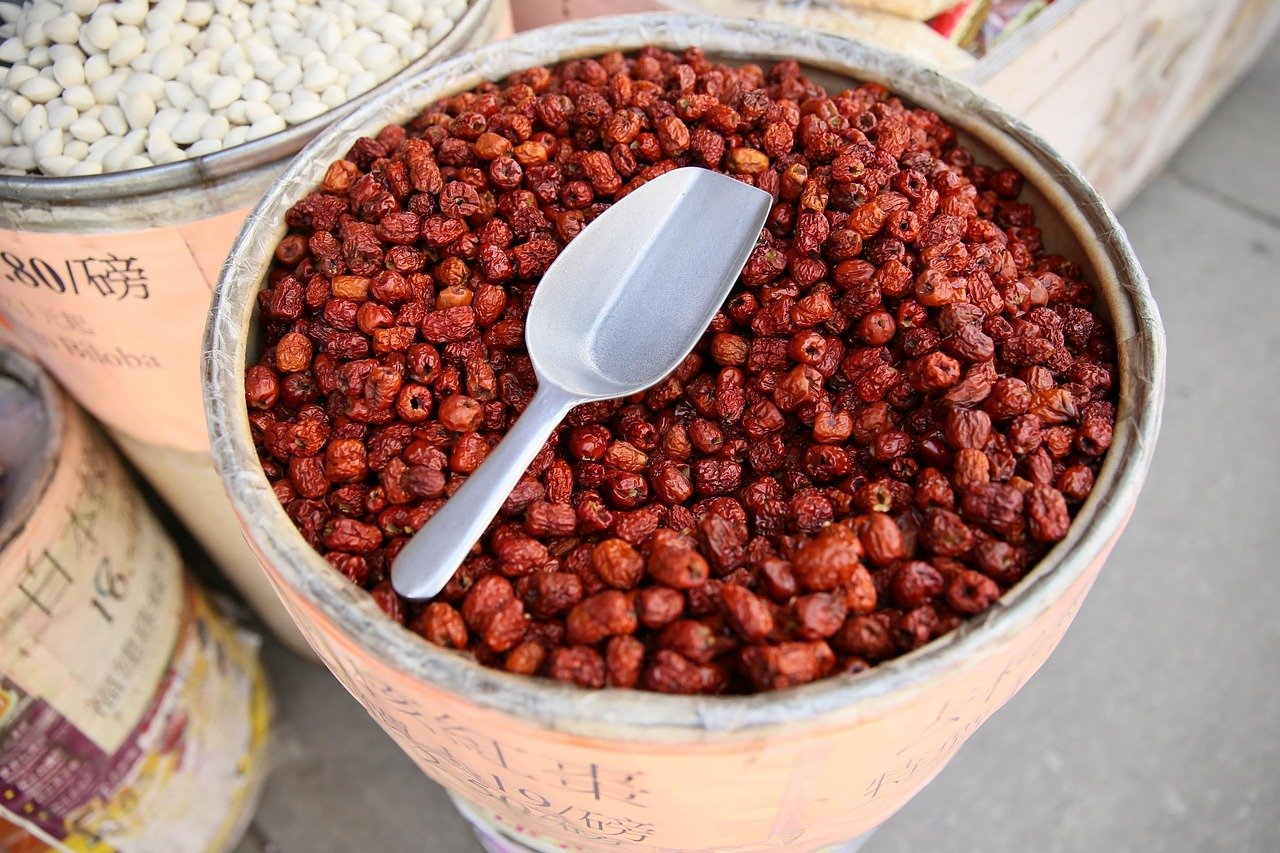The concept of Chinatown hawker leftovers consumption has sparked discussions around food waste, sustainability, and public health. Chinatown hawker centres, known for their vibrant street food culture, attract thousands of locals and tourists daily. However, with the large volume of food served, significant leftovers are often discarded, leading to concerns about food wastage, hygiene, and even ethical consumption.
This article explores the phenomenon of Chinatown hawker leftovers consumption, its implications, and the broader social and environmental factors at play.
Chinatown Hawker Leftovers Consumption
Hawker centres in Chinatown offer a wide variety of affordable and delicious local dishes. However, due to large portion sizes and customer preferences, a significant amount of food is often left behind. Some individuals, either out of necessity or environmental consciousness, consume these leftovers rather than letting them go to waste.
Also, explore today s72e279: The Power of Social Media in News & Trends
While some see this as an attempt to reduce food wastage, others express concerns about hygiene, health risks, and social stigma. The issue has gained attention due to the increasing number of people seen collecting and consuming leftovers from hawker tables.
Reasons Behind Leftover Consumption
1. Food Insecurity and Poverty
For some individuals, economic hardship forces them to seek food from leftovers. Singapore, despite its high living standards, still has a portion of its population facing financial difficulties. Those who struggle to afford meals may resort to consuming food left on hawker tables.
2. Environmental Awareness
Food waste is a global issue, and many environmentally conscious individuals believe that eating leftovers is a way to minimize waste. They see it as a form of food rescue, preventing edible food from being thrown away.
3. Cultural and Social Practices
In some cultures, sharing or taking unfinished food is not uncommon. Some people take leftovers for their pets or as part of food recycling efforts, seeing it as a practical way to utilize food that would otherwise go to waste.
Health and Hygiene Concerns
Despite the arguments for sustainability, Chinatown hawker leftovers consumption raises serious health risks. The biggest concerns include:
- Bacterial Contamination: Leftover food exposed to the environment can become contaminated with bacteria like E. coli and Salmonella, leading to food poisoning.
- Cross-Contamination: Utensils and plates used by previous customers may carry germs, viruses, or saliva-borne diseases.
- Decomposing Food: Singapore’s hot and humid climate accelerates food spoilage, making leftovers unsafe within hours.
Government agencies and health authorities strongly discourage the consumption of leftovers due to these potential risks.
Government Regulations and Policies
Singapore has strict regulations regarding food hygiene and safety, especially in hawker centres. The National Environment Agency (NEA) enforces laws to maintain cleanliness and prevent food-related illnesses. Key regulations include:
- Proper Disposal of Leftovers: Hawkers and cleaners are responsible for removing uneaten food promptly to prevent scavenging.
- Education on Food Safety: Campaigns promote awareness about the dangers of consuming discarded food.
- Community Initiatives to Reduce Waste: Organizations encourage food donation and redistribution to help the needy without compromising hygiene standards.
Alternatives to Leftover Consumption
Instead of consuming leftovers from public spaces, several alternative solutions can help reduce food waste without health risks:
1. Food Donation Programs
Many organizations collect unsold food from hawkers and restaurants to distribute to those in need. Programs like Food Bank Singapore and Willing Hearts help bridge the gap between food excess and scarcity.
2. Takeaway and Storage
Customers can take home unfinished meals in reusable containers, reducing waste while maintaining hygiene.
3. Community Fridges
Some communities have fridges where people can donate or collect surplus food, ensuring that food is consumed safely and not wasted.
4. Awareness Campaigns
Public education on portion control and responsible consumption can significantly reduce the amount of uneaten food left behind.
Conclusion
The topic of Chinatown hawker leftovers consumption highlights broader concerns surrounding food security, environmental sustainability, and public health. While minimizing food waste is essential, consuming leftovers from public places poses serious hygiene risks. Instead, efforts should focus on structured food donation programs, better portion management, and increased public awareness.
Encouraging responsible food practices ensures that food is utilized effectively without compromising health and dignity.
FAQs
1. Is it safe to consume leftovers from Chinatown hawker centres?
No, consuming leftovers from public spaces can lead to foodborne illnesses due to bacterial contamination and exposure to environmental germs.
2. Why do some people eat hawker centre leftovers?
People may consume leftovers due to financial difficulties, environmental concerns, or cultural habits related to food waste reduction.
3. What are the risks of eating discarded food?
Risks include food poisoning, bacterial infections, and exposure to harmful pathogens from improperly stored or handled food.
4. How can food waste be reduced at hawker centres?
Solutions include food donation programs, portion control, takeaway options, and community fridges to safely redistribute surplus food.
5. Are there any government policies on food waste in Singapore?
Yes, Singapore has strict regulations to ensure food safety, proper disposal of leftovers, and initiatives to minimize food waste through donations and awareness campaigns.


